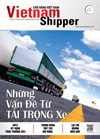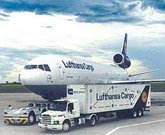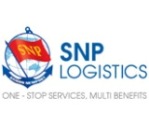Lufthansa Cargo and Jettainer have initiated a pilot scheme to test the impact of lightweight containers on the air cargo carrier's environmental performance and transport costs.
The trial of the new containers will provide information about their weight advantages and shed light on the behaviour of containers made of composite materials compared with their conventional aluminium counterparts.
For this purpose, a total of 1,000 containers from four manufacturers will be used in Lufthansa Cargo's and Lufthansa's global route networks.
"International aviation has used conventional aluminium containers for the transport of cargo and baggage for many decades,” said Jettainer managing director Alexander Plümacher.
“With the introduction of new lightweight containers made of composite materials, the global airline industry can reckon to deliver annual fuel savings in the upper double-digit million range."
He anticipates that the trial will provide forward-looking information on the potential for tangible savings in fuel costs and CO2 emissions.
A conventional LD-3 airfreight container made of aluminium weighs about 80 kg. The new containers made of composite materials are about 15 percent lighter.
The tests also aim to show whether the new containers need fewer repairs and whether the reduction in idle time due to repairs will affect the overall quantities of containers needed.
Finally, the new containers will also increase work safety by reducing the risk of injury. In contrast to their conventional aluminium counterparts, containers made of composite materials do not produce jagged edges when damaged.
The test data will give some indication of which material best meets Lufthansa Cargo's requirements and whether any constructional improvements need to be developed with the manufacturers.
The pilot scheme will run until autumn 2009.
CargoNewsAsia













